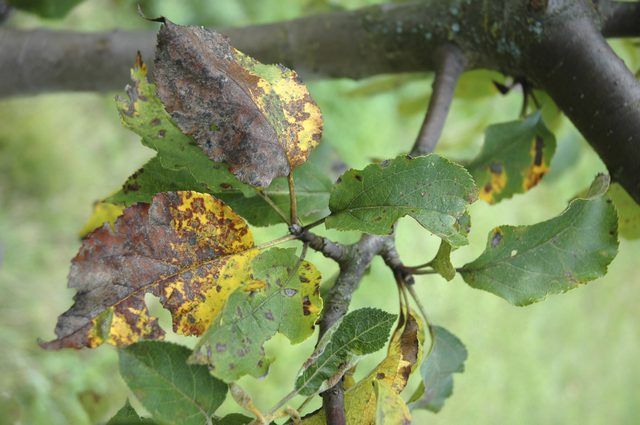Bulbs
Flower Basics
Flower Beds & Specialty Gardens
Flower Garden
Garden Furniture
Garden Gnomes
Garden Seeds
Garden Sheds
Garden Statues
Garden Tools & Supplies
Gardening Basics
Green & Organic
Groundcovers & Vines
Growing Annuals
Growing Basil
Growing Beans
Growing Berries
Growing Blueberries
Growing Cactus
Growing Corn
Growing Cotton
Growing Edibles
Growing Flowers
Growing Garlic
Growing Grapes
Growing Grass
Growing Herbs
Growing Jasmine
Growing Mint
Growing Mushrooms
Orchids
Growing Peanuts
Growing Perennials
Growing Plants
Growing Rosemary
Growing Roses
Growing Strawberries
Growing Sunflowers
Growing Thyme
Growing Tomatoes
Growing Tulips
Growing Vegetables
Herb Basics
Herb Garden
Indoor Growing
Landscaping Basics
Landscaping Patios
Landscaping Plants
Landscaping Shrubs
Landscaping Trees
Landscaping Walks & Pathways
Lawn Basics
Lawn Maintenance
Lawn Mowers
Lawn Ornaments
Lawn Planting
Lawn Tools
Outdoor Growing
Overall Landscape Planning
Pests, Weeds & Problems
Plant Basics
Rock Garden
Rose Garden
Shrubs
Soil
Specialty Gardens
Trees
Vegetable Garden
Yard Maintenance
Organic Fungicide Options
Many common fungal plant diseases can be prevented with organic fungicides that are gentler on the environment than synthetic chemicals.

Despite a gardener's best efforts, plant diseases are sometimes unavoidable. Stretches of warm, rainy weather can create a perfect storm for fungal diseases such as rust, mildew and blight.
According to the U.S. Department of Agriculture, the term "organic" indicates that a product "has been produced through approved methods that integrate cultural, biological, and mechanical practices that foster cycling of resources, promote ecological balance, and conserve biodiversity." Fortunately for environmentally minded gardeners, plenty of organic fungicide options can help prevent and combat fungal pathogens in plants.
Tip
A fungicide product can carry the label "organic" only if it meets the standards set by the Organic Food Production Act of 1990. The word "natural," however, is unregulated. So check a fungicide product's label carefully to ensure the product is genuinely organic.
Sulfur
Sulfur is humanity's oldest fungicide and has been used more than 2,000 years. It works by preventing the germination of fungal spores, and it can provide low to moderate control of diseases such as mildew, rot and fruit scabs. Roughly 1 to 3 percent of sulfur sprayed on a plant's surfaces is absorbed by the plant as a nutrient, potentially helping with disease resistance.
Oils
Many kinds of oils can help treat fungal diseases. Dilute an oil with water at the rate recommended on the oil's label, and spray the mixture per the label instructions. Many oils are used in conjunction with other agents.
Neem oil can kill powdery mildew spores when applied at a 70 percent concentration. It is not as effective at controlling rose black spot and other fungal diseases. Neem oil is usually used with other agents. If applied incorrectly, neem oil may damage a plant as well as bees and other beneficial insects.
Horticultural oils are distilled mineral oils commonly used for pest control, though they also can be used against powdery mildew. They should not be applied when temperatures exceed 90 degrees Fahrenheit or go below 40 degrees Fahrenheit.
Canola oil is most effective when used before disease symptoms appear on a plant. It is sometimes added to formulas to help provide better coverage on plant surfaces. Overusing canola oil can disrupt plant growth.
Cinnamon oil helps prevent fungal spores from germinating and is most effective when used before disease symptoms appear. Using cinnamon oil may help increase beneficial microbes on a plant. High concentrations of cinnamon oil, though, can damage plant tissue.
Warning
Some plants experience a sensitivity, termed phytotoxicity, when exposed to certain chemicals. Check a fungicide product's label to see if your plant is listed as having a sensitivity to that particular fungicide.
Copper
Copper formulations can provide protection against fungal and bacterial infections in plants. Extra caution must be employed when applying copper to tender young growth, which is sensitive to damage. Leaves may turn yellow and drop if copper is applied when temperatures are above 85 degrees Fahrenheit.
Copper octanoate can prevent powdery mildew in some cases.
Copper sulfate can potentially prevent and cure mildew, as well as other fungal and bacterial diseases. Its high use over time, however, can stunt plant growth and reduce fruit yield, especially in plants in acidic soil.
Bordeaux mixture is a combination of copper sulfate and lime. This combination helps reduce plant damage. It has been used by gardeners for more than 150 years to help prevent diseases such as powdery mildew, downy mildew and anthracnose.
Warning
A fungicide's label instructions must be followed exactly for the fungicide to be effective. Failing to following instructions is not only illegal but dangerous to the health of your plants, the environment and yourself.
Store fungicides in a safe, secure location away from children and pets.
Wear protective clothing, including a long-sleeved shirt, long pants, socks, closed-toe waterproof shoes and waterproof gloves, when preparing and applying a fungicide. Wash yourself, clothing and equipment afterward.
For more information on the use of fungicides, see "How to Use Fungicides."